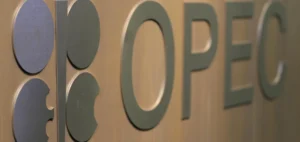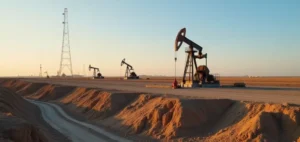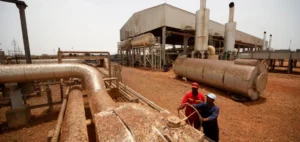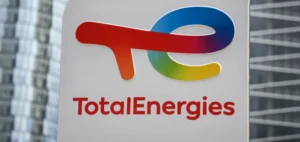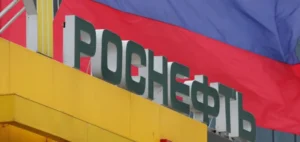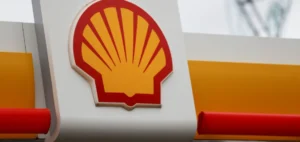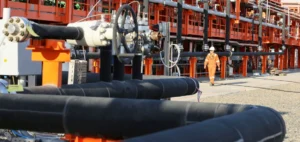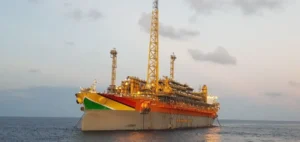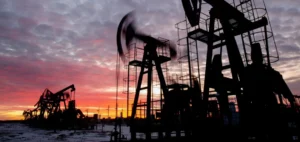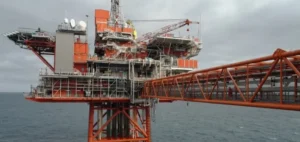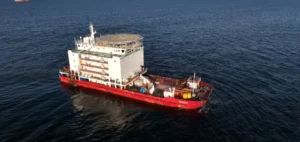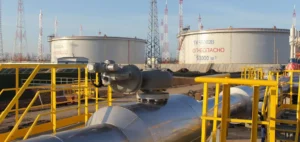Oil prices continued to rise on Wednesday for the third day in a row, thanks to growing hopes of a recovery in Chinese demand. A barrel of North Sea Brent cr ude for April delivery rose 1.03% to $84.55 and a barrel of West Texas Intermediate (WTI) for March delivery gained 1.30% to $78.14.
The global economy is recovering and demand in China is rising
Analysts point to “volatility” in oil prices centered on the global economy, where fears of recession are currently being overshadowed by hopes of improving demand in China. Although Chinese consumption of black gold in January remained “relatively static”, expectations of a rebound in Chinese demand continue to drive the market.
Saudi Arabia has been optimistic about demand in recent days and raised the official selling price of its crude to Asia in March. This increase in its largest market probably reflects Saudi expectations of increased demand in Asia from the second quarter onwards, particularly from China.
Analysts expect China’s oil consumption to increase by up to one million barrels per day in the last quarter of 2023, and more black gold purchases outside China due to international travel. On the supply side, the Ceyhan oil terminal is still disrupted after the earthquake that hit Turkey and Syria.
The market is also awaiting the release of the U.S. inventory report by the U.S. Energy Information Agency (EIA). Analysts expect commercial crude reserves to rise by 2 million barrels and gasoline reserves by 1.6 million barrels, according to the median of a consensus compiled by Bloomberg.






